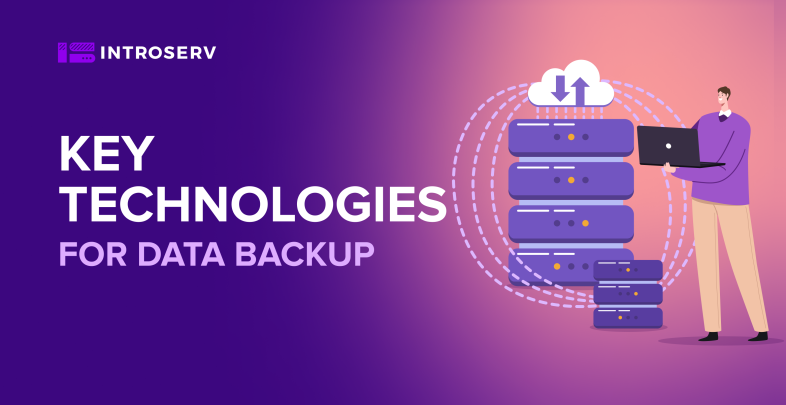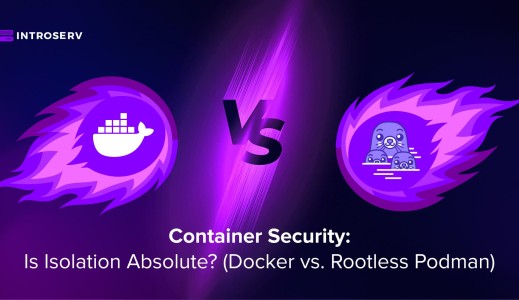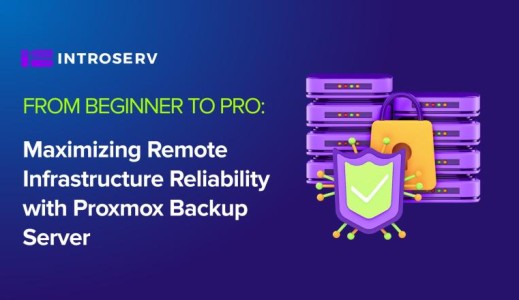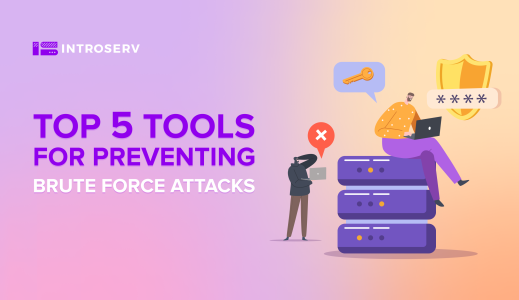For any business to function smoothly, timely access to information and reliable data storage is essential. In the event of technical failures, update errors, cyber-attacks, or other force majeure events, data can be lost. Financial losses can be incurred, and the company may even collapse.
In our article describing the three strategies for protecting your business, we mentioned the sad examples of large companies that have collapsed because of poor backup policies; we also stressed on the importance of timely backups.
Every day, it becomes more evident that providing a backup of information on the server is the most essential aspect of any enterprise. The good news is that the entire archive of events, documents, and programs can be restored with the right backup methods. During a disaster, the backup of all data allows one to get full access to all information stored on damaged media.
Options for storing backed up information
Various methods are used for backing up and storing digital media information. These methods are: backup and redundancy. Even though they are different, they can sometimes be used simultaneously.
Data redundancy allows files to be restored immediately after a failure. The concept is that if you lose access to a file, it is replaced by a copy. This helps to avoid website or application downtime on a server and allows the server administrator to restore the system up to its original working state.
It seems like an ideal solution, but it has some significant drawbacks. Data may be lost if the entire server fails. Furthermore, every operation on the system affects the copy that will be stored. Thus, if malicious operations are performed on the system, errors will remain in subsequent copies.
When data is backed up, it is restored to its original state and can be recovered over a period of time, depending on the depth of the backup.
Even if an individual application, an entire machine, or individual data is lost, a backup allows that information to be re-deployed, restored, or accessed. Compared to a redundancy approach, backup has the disadvantage that it takes time to restore the information and equipment that is idle during this time. As for the data, it is accurately stored and guaranteed to be accessible within the parameters and at the right time.
An ideal solution for storing your valuable data is an automatic backup to a remote server, which is independent of external influences and is regularly moderated by administrators. All INTROSERV tariffs include the backup and storage of our clients' data on servers in Germany, ensuring their security and safety in the event of a technological failure.
Backup strategy on the server
The optimal strategy to ensure data integrity and uninterrupted user resources is to combine backup technology and data redundancy. It is important to note that if one host fails, the machine will continue to function as the migration mechanism works, and, thanks to backup technology, all files will be restored from the hard drive.
A number of manual commands, such as cp and rsync, can be used to set up a backup. Still to automate the backup process, this approach requires the creation of separate scripts, which is difficult and not always efficient. It is recommended that you investigate BackupPC, Bacula and Duplicity more in detail if you wish to perform backups for business tasks.
Automated backup solutions
Dedicated and end-to-end backup solutions simplify backup procedures, eliminating the need for management or 'layer upon layer'.
BackupPC
Designed for both Windows and Linux operating systems, the software is installed on a dedicated server or virtual private server that acts as a backup server. The user's files are then uploaded to this server. A single server contains all the necessary packages, and all that needs to be done is to set up access to the drive via a protocol or SSH connection. With dedicated servers or VPS, SSH keys can be implemented during deployment, and without any additional software.
Bacula
Based on the client-server model, Bacula is a versatile and technically sophisticated host backup program. By using this approach, it is possible to fine-tune, connect multiple clients to one repository, modify backup schemes, and add new modules to the functionality.
Duplicity
It is a true alternative to all existing backup tools. The main difference of this software solution is the use of GPG-encryption while saving information that increases the security of data storage. The main advantage of using GPG encryption for backups is that data is not stored as plain text. They can only be accessed by the owner of the encryption key.
Block backups
This type of backup is also called "image creation". The technology allows you to copy and restore data from entire devices. While a standard backup backs up individual files at the file system level, image backup backs up data in blocks without separating them into files.
The main advantage of block backups is their high speed. For file-based backups, the process is initiated all over again for each individual file, whereas block-based backups have multiple files per block.
Using all the above technologies and numerous ways to backup your data, you will be able to prevent a disaster of irreparable data loss.






















































